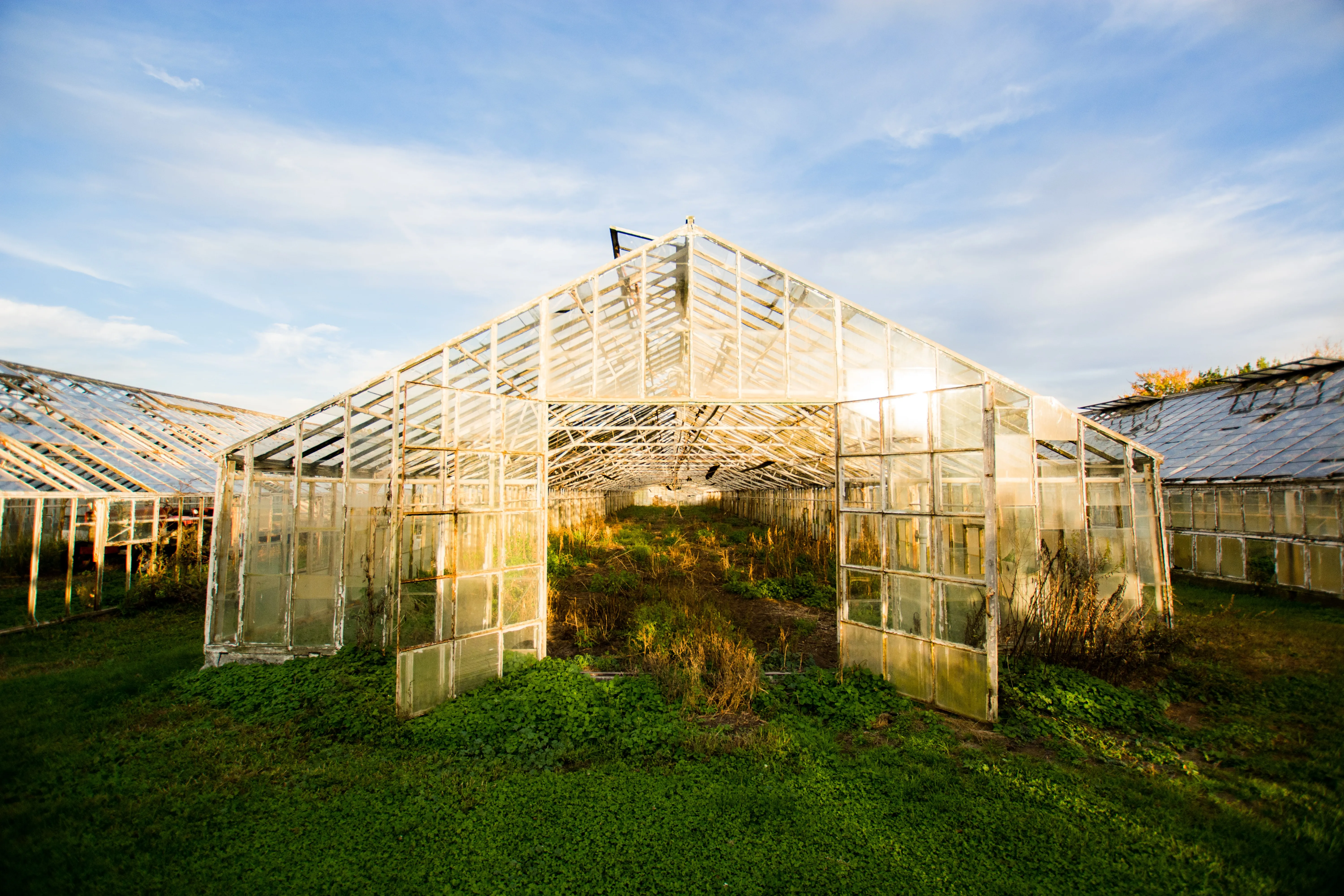Strategies for Reducing Greenhouse Gas Emissions on the Farm
Join us in the fight against climate change with our practical guide on reducing greenhouse gas emissions in farming. This blog post offers effective strategies for sustainable agriculture, tailored for farms in and around Bangalore. Learn how to implement eco-friendly practices that lower emissions, enhance farm productivity, and contribute to a healthier planet. Embrace Vriksha Farms' commitment to environmental stewardship and discover how small changes can make a big impact on your carbon footprint."

Introduction
At Vriksha Farms, we're deeply committed to environmental stewardship, recognizing that effective greenhouse gas (GHG) management is vital for sustainable living. In the heart of Bangalore's lush outskirts, our practices embody this ethos. This blog serves as a guide, particularly for those considering investing in agriculture land in Bangalore, Kanakapura Road, and Karnataka, offering strategies to reduce GHG emissions and align farming practices with the principles of responsible agroforestry.
Understanding Greenhouse Gas Emissions in Agriculture
Agricultural GHG emissions primarily comprise methane (CH4) from livestock and rice paddies, nitrous oxide (N2O) from fertilized soils, and carbon dioxide (CO2) from the use of fossil fuels. These gases contribute significantly to global warming, making their reduction imperative for sustainable agriculture.
Strategies to Reduce GHG Emissions
- Renewable Energy Integration: Transitioning to renewable energy sources, like solar power, can drastically cut down CO2 emissions. Solar installations are particularly beneficial for agriculture land around Bangalore, harnessing the region's abundant sunlight.
- Improved Livestock Management: Implementing better livestock management techniques, such as diet optimization, can reduce methane emissions. This is crucial for sustainable livestock farming near urban areas like Bangalore.
- Efficient Use of Fertilizers: Overuse of nitrogen-rich fertilizers leads to significant N2O emissions. Precision farming techniques, which optimize fertilizer use, are essential in reducing these emissions.
- Adoption of No-Till Farming: No-till farming helps in carbon sequestration and reduces CO2 emissions. It's a practice well-suited for the varied topography of areas like Kanakapura Road and other parts of Karnataka.
- Agroforestry Practices: Integrating trees into farming landscapes, a key aspect of responsible agroforestry, helps in carbon sequestration and biodiversity enhancement.
- Cover Cropping: Growing cover crops in the off-season can improve soil health, enhance carbon sequestration, and reduce the need for chemical fertilizers.
Benefits of Reducing GHG Emissions
Reducing GHG emissions on farms aligns with sustainable living goals, contributing to a healthier environment. It can also lead to cost savings, improved farm productivity, and enhanced soil health. For those investing in agriculture land, particularly in regions like Bangalore, Kanakapura Road, or Karnataka, adopting these strategies can also increase the long-term value and sustainability of their investment.
Vriksha Farms: Leading by Example
At Vriksha Farms, we embody these practices in our managed farmland plots, setting a benchmark in sustainable and responsible farming. We offer our investors and community not just a piece of land but a chance to be part of a sustainable future.
Conclusion
Implementing strategies to reduce GHG emissions is not just a global responsibility but a local one, especially pertinent to the burgeoning green belt around Bangalore. As we continue to innovate and sustainably manage our farmlands, we invite you to join us at Vriksha Farms in our journey towards a greener, more sustainable agricultural future.
